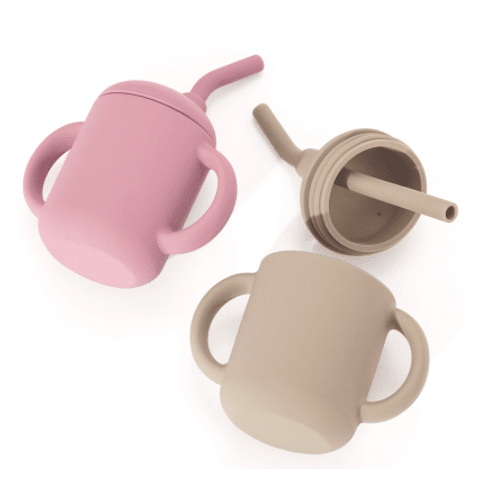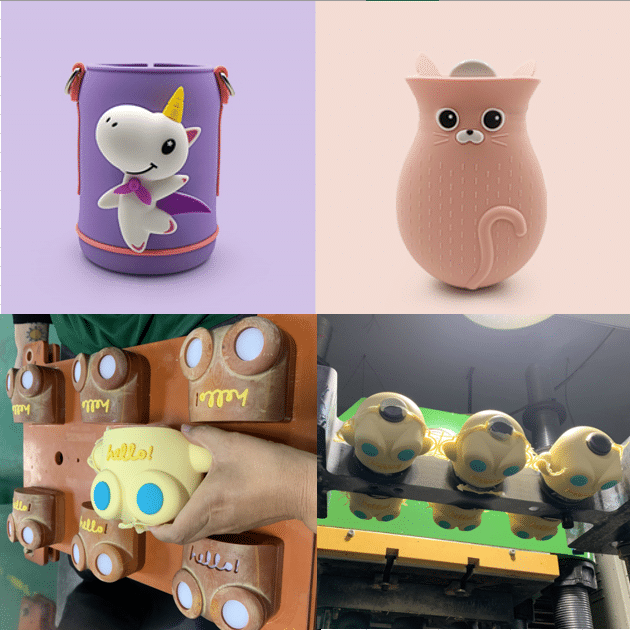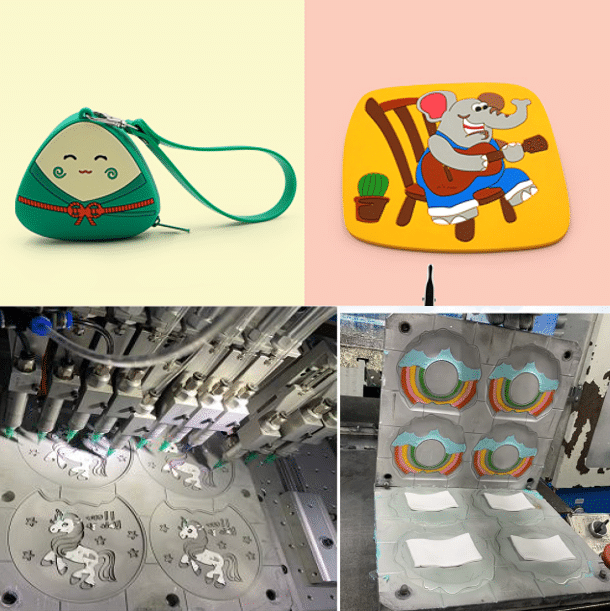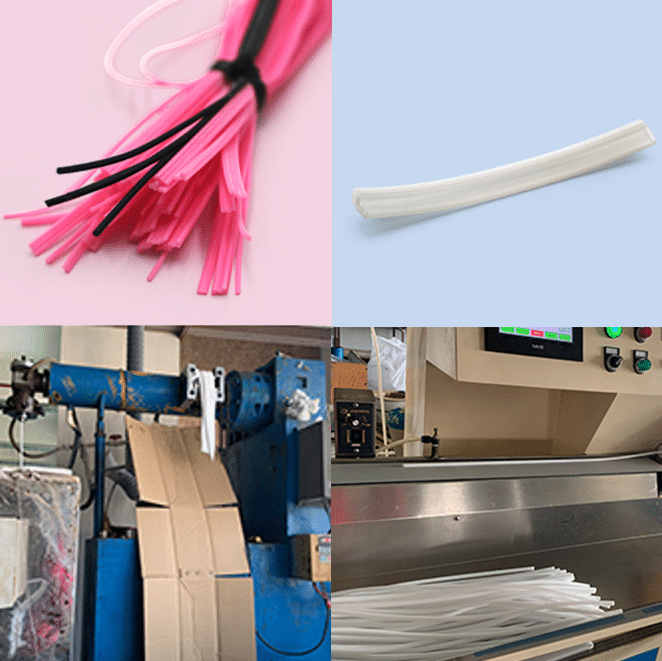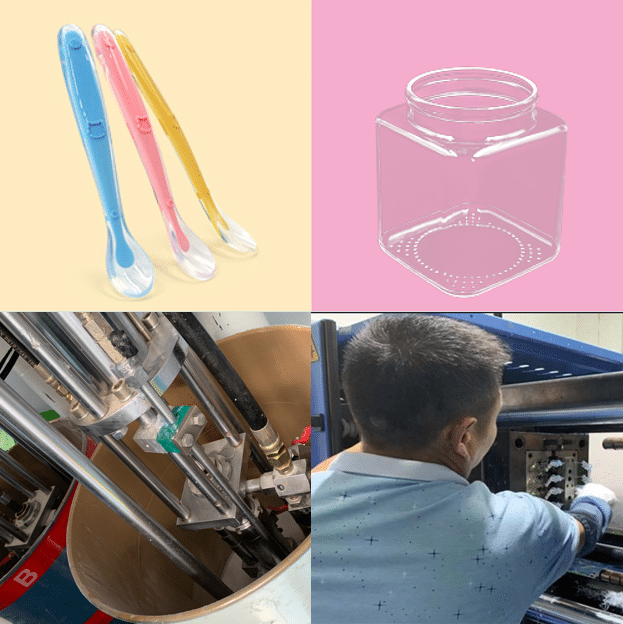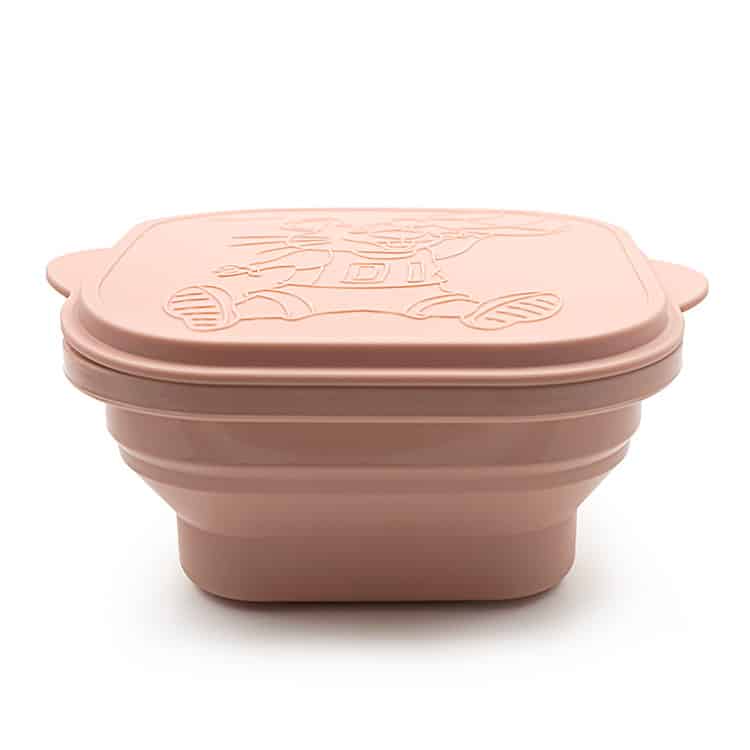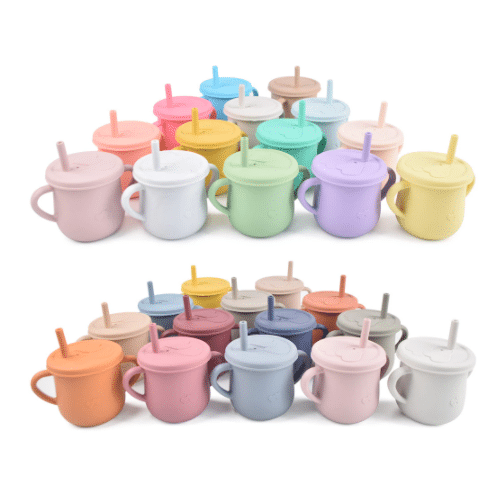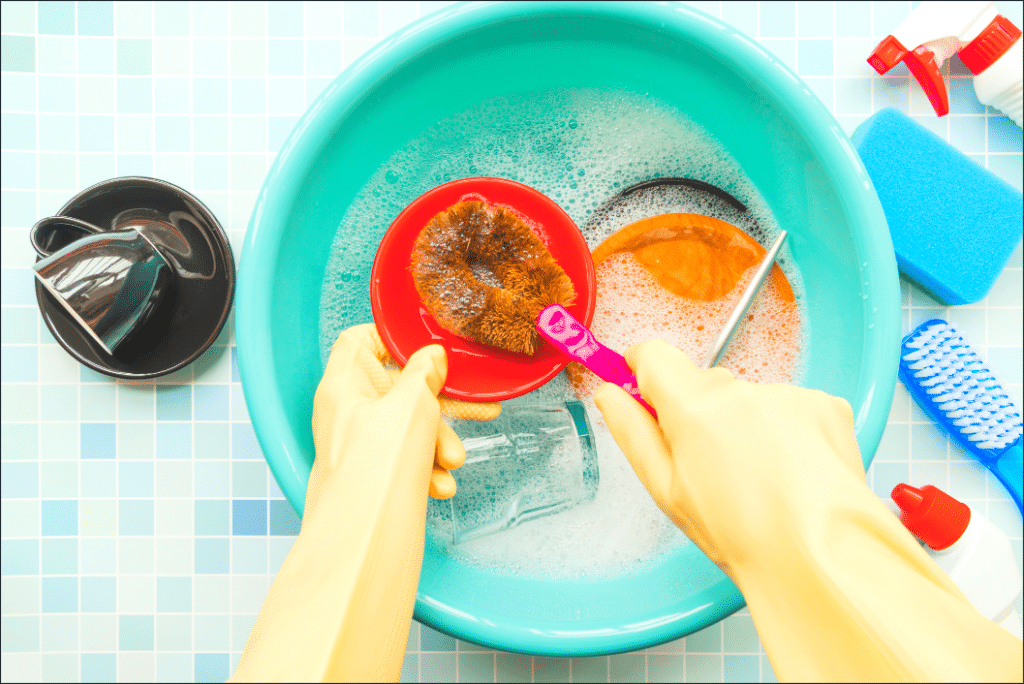Silicone Cup Manufacturing and Quality Control
Silicone cups have gained significant popularity in recent years, and it’s easy to see why. These versatile and eco-friendly alternatives to traditional cups offer a range of benefits that make them an excellent choice for both hot and cold beverages. In this article, we’ll take a closer look at what makes silicone cups stand out and the various advantages they offer.
What are Silicone Cups?
Silicone cups are reusable containers made from a high-quality, food-grade silicone material. Silicone, a synthetic rubber-like material, is known for its flexibility, durability, and heat resistance. It’s commonly used in a wide array of applications, from kitchen utensils to medical devices, and has become increasingly popular in the production of drinkware.
Key Benefits of Silicone Cups
Manufacturing Processes for Silicone Cups
Silicone cups have gained popularity for their durability, safety, and versatility. Understanding the different manufacturing processes for producing silicone cups can help businesses and consumers make informed decisions when selecting the right product.
Overview of Silicone Production Methods
There are several methods for producing silicone products, each with its advantages and disadvantages. Some common production methods include:
- Liquid silicone rubber (LSR) injection molding
- High-consistency rubber (HCR) molding
- Compression molding
- Transfer molding
- Extrusion
The choice of production method depends on factors such as product complexity, production volume, and material properties. For silicone cups, LSR injection molding and HCR molding are the most commonly used methods.
Liquid Silicone Rubber (LSR) Injection Molding
LSR injection molding is a popular method for producing silicone products with complex shapes and fine details. It involves injecting a liquid silicone rubber mixture into a heated mold under high pressure. The mixture then cures and solidifies, taking the shape of the mold. This process allows for high precision and repeatability, making it ideal for large-scale production.
Advantages of LSR injection molding include
- High precision and consistency
- Fast cycle times and high production rates
- Minimal waste
- Suitable for complex designs
Further Reading: the difference between Injection molding VS Compression Molding in terms of the Definition, manufacturing process, materials used, production rates, cost, and application
High Consistency Rubber (HCR) Molding
HCR molding is another method for producing silicone cups, using a high-consistency rubber material that is more solid than liquid. The HCR material is placed into a mold, which is then heated and compressed, causing the silicone to cure and take the shape of the mold. HCR molding is particularly suited for small to medium production runs and simpler designs.
Advantages of HCR molding include:
- Lower equipment and tooling costs compared to LSR molding
- Easier to handle and process
- Suitable for small to medium production runs
Choosing the Right Process for Silicone Cup Production
When selecting the right manufacturing process for silicone cups, it is essential to consider factors such as production volume, product complexity, and budget. LSR injection molding is often preferred for large-scale production and complex designs, while HCR molding may be more suitable for smaller production runs and simpler shapes.
By understanding the different manufacturing processes available, businesses and consumers can make informed decisions when selecting silicone cups that meet their specific requirements and preferences.
The information provided above offers just a brief overview of silicone production methods. If you’re interested in learning more about the technical aspects and details, please check out our Molding Service introduction for a deeper understanding.
Quality Control and Testing
Quality control is essential in the manufacturing process to ensure that silicone cups meet the highest standards of quality, safety, and performance. A robust quality control system helps identify potential issues early on, reducing the risk of defects and ensuring customer satisfaction.
There are several testing methods employed to ensure the quality and safety of silicone cups, including:
- Tensile and tear strength testing
- Compression set testing
- Heat resistance and thermal stability testing
- Chemical resistance testing
- Food safety testing, such as FDA and LFGB compliance
These tests help ensure that silicone cups meet performance, durability, and safety requirements, providing consumers with confidence in their purchase.
Design Considerations for Silicone Cups
When designing silicone cups, it’s crucial to strike a balance between functionality and aesthetics. While the primary focus should be on ensuring the cup is practical, easy to use, and durable, the visual appeal should also be considered to create an attractive product that consumers will enjoy using.
Designing collapsible and non-collapsible cups involves different considerations, such as:
For collapsible cups:
- Ensuring easy and secure folding
- Maintaining structural integrity when expanded
- Providing a leak-proof seal when collapsed
For non-collapsible cups:
- Ensuring durability and stability
- Providing comfortable grip and insulation
- Meeting size and volume requirements
When designing silicone cups, it’s essential to consider the target audience’s needs and preferences, such as:
- Size and capacity
- Ease of use and cleaning
- Portability and storage
- Color and style options
- Compatibility with accessories, such as lids or sleeves
By considering these factors, designers can create silicone cups that cater to various consumer preferences and demands. Check Our Custom Services
Conclusion
Silicone cups offer a durable, safe, and versatile option for consumers seeking an alternative to traditional materials like plastic, glass, and ceramic. By understanding the various manufacturing processes, quality control measures, and design considerations, businesses and consumers can make informed decisions when selecting silicone cups that meet their specific needs and preferences. With a focus on safety, performance, and customer satisfaction, silicone cups will continue to gain popularity in the marketplace.

